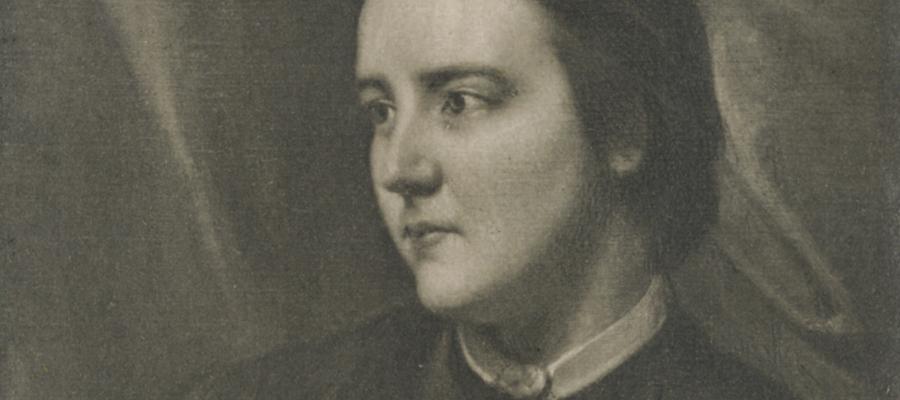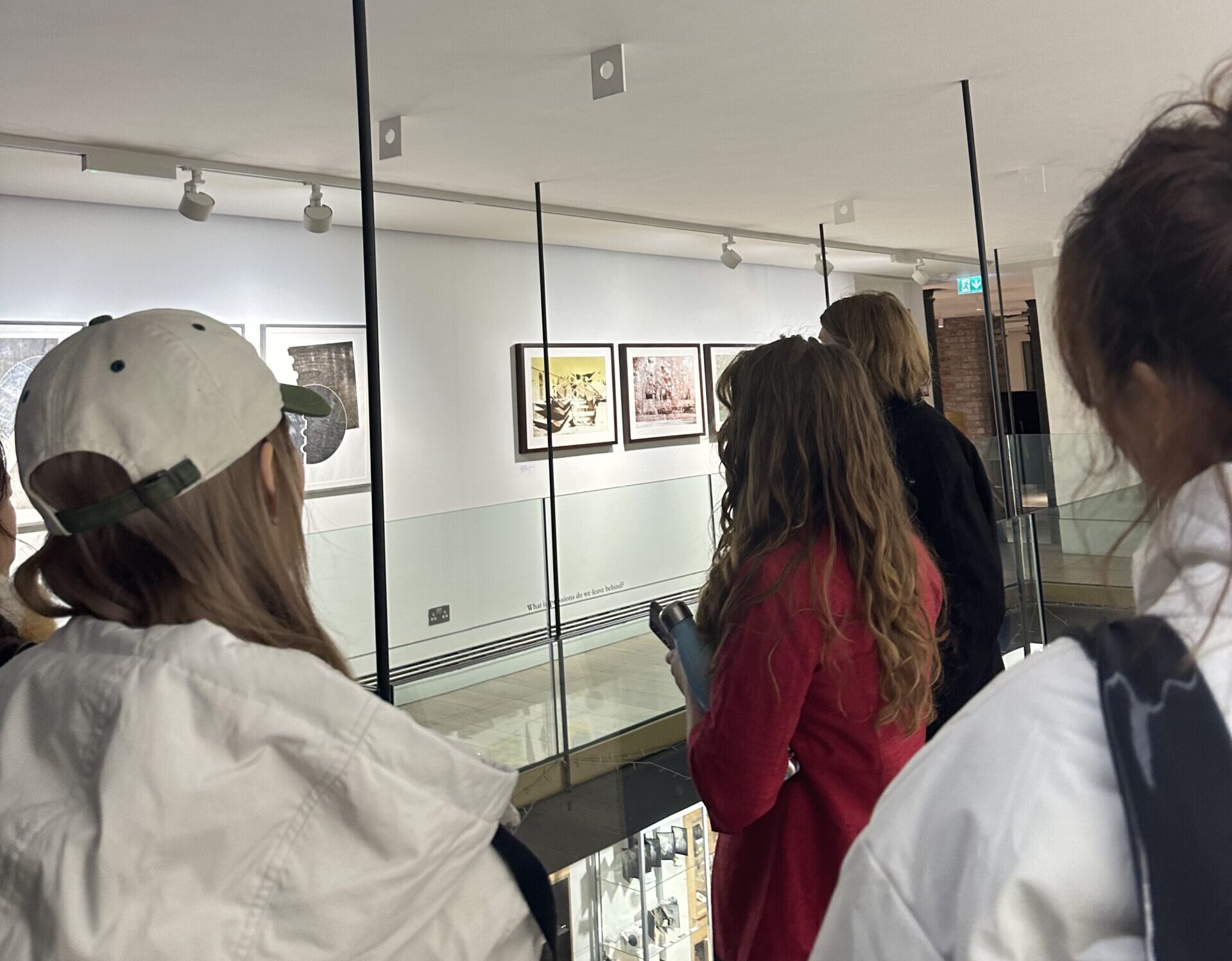
Sophia Jex-Blake
Over recent weeks, group members have each explored and edited fascinating drafts based on their themes. We were preparing for our recently arrived informal group presentation. In our initial division of labour, we overly followed our themes, and thus, the entire exhibition storyline was neatly divided into four more fragmented and weakly related parts. We then gathered in the top floor office of TRG to brainstorm and fine-tune the storyline, sorting out the themes of architecture, education, finance, and society and dividing up the work.
The next step was to consider which relevant scholars and curators to invite to join us in this display and make constructive suggestions. Moreover, Tessa Giblin and James Clegg participated in our group meetings, with Tessa suggesting the importance of the project’s coherence and encouraging us to continue to unearth more of the lesser-known stories buried in the vast archives. James, on an ongoing basis, has helped us to correct our perspective. Not only that, but we also attended the Archival Research Skills Workshop with Rachel Hosker to improve our archival searching and efficiency.
As we sorted through these textual themes again, another question became apparent. How do we cope with the large amount of textual and archival information and consolidate it into concise, short texts? For this, data needs to be sifted through. In the case of the story of the Edinburgh Seven, for example, information about the leader, Sophia Jex-Blake, would be enough to sustain an entire text. However, the Edinburgh Seven is much more than one character. It contains the life stories of the seven women, their learning experiences, their career paths, and the relationship between Edinburgh Old College and the Edinburgh Seven.

Team members go to the gallery together.
In addition, James used a very intriguing method to build up our understanding of the exhibition design. He used three different coloured Post-it notes to brainstorm/consider the purpose we view behind our display, what we would like to include, and strategies to achieve this. The role is as follows:
- Blue -aims/ideas
- Yellow – objects
- Orange – strategy

Leave a Reply